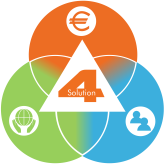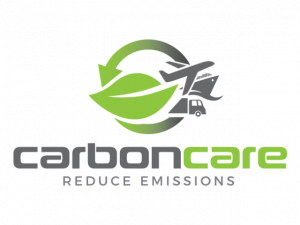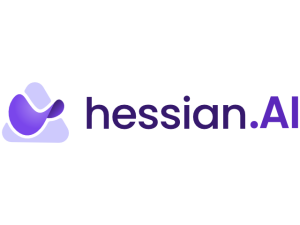What is the ESRS?
The European Sustainability Reporting Standards (ESRS) are a comprehensive set of rules for sustainability reporting by companies in the European Union.
– Developed by the European Financial Reporting Advisory Group (EFRAG)
– Adopted by the European Commission on July 31, 2023
– Entered into force on January 1, 2024
The ESRS cover a broad spectrum of sustainability topics:
– Climate change
– Environmental pollution
– Water and marine resources
– Biodiversity
– Resource utilization and circular economy
– Social aspects such as working conditions and communities
– Corporate management
The ESRS comprise 12 standards in 4 categories:
1. general standards
2. environmental standards
3. social standards
4. governance standards
Companies must report on three main aspects:
1. the impact of their business activities on the environment and society
2. risks for the company due to sustainability aspects
3. opportunities through sustainable business practices
The ESRS aim to standardize sustainability reporting, increase transparency and encourage companies to adopt more responsible business practices.
Connection between CSRD and ESRS
The CSRD and the ESRS are closely linked and complement each other in the context of EU sustainability reporting:
CSRD – Corporate Sustainability Reporting Directive
– Overarching EU directive on sustainability reporting
– Specifies WHO must report and WHEN the reporting obligation begins
– Defines the basic requirements and obligations for companies
– Replaces the previous directive on non-financial reporting (NFRD)
ESRS – European Sustainability Reporting Standard
– Detailed reporting standards for implementing the CSRD requirements
– Rules on HOW and WHAT companies must specifically report
– Provide a uniform framework for the disclosure of sustainability information
– Are issued as delegated acts alongside the CSRD
The CSRD provides the overarching legal framework, while the ESRS define the specific reporting requirements. Companies that fall under the CSRD must apply the ESRS for their reporting. Both elements are legally binding and part of the same regulatory framework to improve the sustainability transparency of companies in the EU.
The CHALLENGES of the ESRS
Companies can expect the following challenges when implementing the European Sustainability Reporting Standards (ESRS):
Overcoming these challenges requires considerable investment in time, resources and expertise in order to effectively implement the ESRS requirements.
Who is OBLIGED?

Connection between MATERIALITY ANALYSIS and ESRS
The double materiality assessment affects ESRS reporting in several ways:
It helps companies to identify and prioritize the ESG topics relevant to them that need to be included in the sustainability report. This ensures that ESRS reporting is focused on the most important aspects.
Double materiality promotes more reliable and data-driven reporting by requiring all material impacts to be disclosed. This increases transparency and reduces the risk of greenwashing.
The approach helps companies to better align their reporting with the needs of various stakeholders, including investors, employees, communities and the general public.
By gaining a more comprehensive understanding of sustainability issues, companies can better identify potential risks and address them in their reporting.
The double materiality assessment therefore represents a fundamental step towards fulfilling the CSRD requirements and promotes more meaningful and relevant sustainability reporting.
SOLUTION in SOLUTION4
AEP Solution4 is characterized by several core functions that make it particularly effective for ESRS reporting and that can be found in this holistic form in few other software solutions. All relevant ESG reporting areas are interlinked in our solution. The system’s internal materiality analysis forms the basis for ESRS reporting, so that once the double materiality analysis has been carried out, the required ESRS data points of EFRAG are automatically highlighted in color in the ESRS structure tree, which enables relevant data points to be processed quickly. AEP Solution4 offers several specialized functions for ESRS reporting.
The ESRS Reporting module from Solution4 offers a comprehensive overview and processing options for all topics of the ESRS standards. The ESRS outline tree shows the processing status of the tasks highlighted in color. Users receive background information and processing instructions in an info box. The so-called scopes (1,2,3), which are relevant for calculating and structuring the Company Carbon Footprint, are also stored in the system’s basic data.
The KPIs and data points are automatically calculated and assigned to the structure points of the ESRS tree. Comments, interpretations and graphics can be added. An integrated AI wizard supports the creation of comments and interpretations.
Once the calculations and comments have been completed, an outline report is automatically generated and can be exported in various formats. The ESRS structure can also be mapped to other frameworks such as GRI or DNK.
















